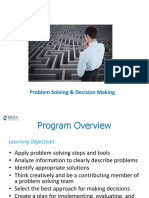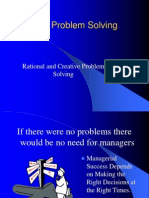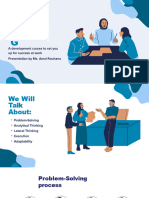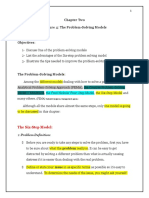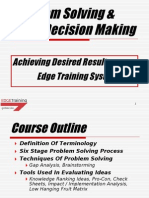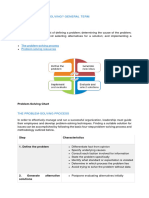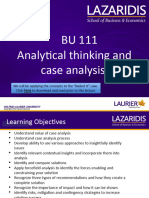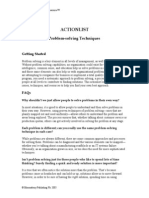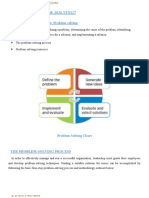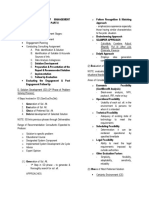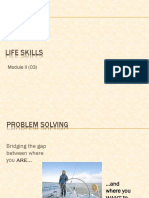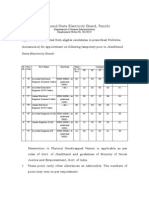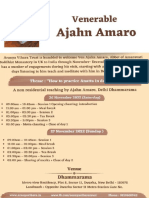0% found this document useful (0 votes)
46 views8 pagesProblem Solving Using Diamond Model: Pritam Dey
The Diamond Model is a 4-step method for analyzing problems:
1) Ground the problem in reality by understanding the case.
2) Develop a conceptual model to address the problem.
3) Evaluate how well the model applies to the problem.
4) Implement a solution that solves the problem.
Uploaded by
mm62810Copyright
© Attribution Non-Commercial (BY-NC)
We take content rights seriously. If you suspect this is your content, claim it here.
Available Formats
Download as PPT, PDF, TXT or read online on Scribd
0% found this document useful (0 votes)
46 views8 pagesProblem Solving Using Diamond Model: Pritam Dey
The Diamond Model is a 4-step method for analyzing problems:
1) Ground the problem in reality by understanding the case.
2) Develop a conceptual model to address the problem.
3) Evaluate how well the model applies to the problem.
4) Implement a solution that solves the problem.
Uploaded by
mm62810Copyright
© Attribution Non-Commercial (BY-NC)
We take content rights seriously. If you suspect this is your content, claim it here.
Available Formats
Download as PPT, PDF, TXT or read online on Scribd
/ 8
